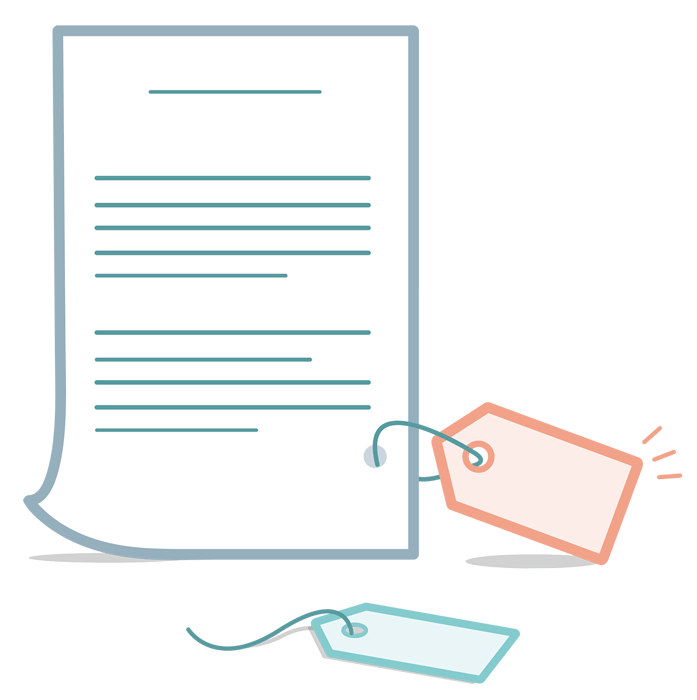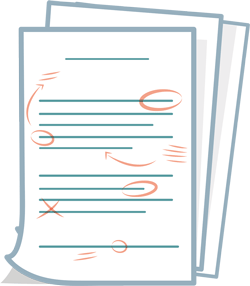Chapter 02: The Back Liebgott: The Anatomical Basis of Dentistry, 4th Edition MULTIPLE CHOICE 1. The posterior surface of the skull is the . a. dens b. occiput c. odontoid process d. transverse process e. coccyx ANS: B Occiput. The posterior surface of the skull is convex and is commonly called the occiput. 2. How many vertebrae are in the spine? a. 12 b. 16 c. 21 d. 33 e. 42 ANS: D 33. The vertebral column, or spine, has 33 vertebrae: 7 cervical, 12 thoracic, 5 lumbar, 5 sacral (fused), and 4 coccygeal (fused). 3. There are cervical vertebNraUeRinStIheNsGpiTneB..COM a. 2 b. 3 c. 4 d. 6 e. 7 ANS: E 7. There are 7 cervical vertebrae in the spine. 4. The vertebral foramen, which houses the spinal cord, is formed by the . a. occiput and nuchal line b. inion and occiput c. vertebral arch and body d. vertebral notches e. transverse process and spinous process ANS: C Vertebral arch and body. The vertebral arch and body form the vertebral foramen, which encloses and protects the spinal cord. 5. The arches in an articulated vertebral column form the , which houses the entire spinal cord. a. vertebral canal
read moreLoading sample please wait !

Barmerit customers have reviewed more than 700,000 summaries. This how you know that you are buying the best documents.

You can quickly pay through credit card or Barmerit-credit for the summaries. There is no membership needed.

Your fellow students write the study notes themselves, which is why the documents are always reliable and up-to-date. This ensures you quickly get to the core!
Price $10.00